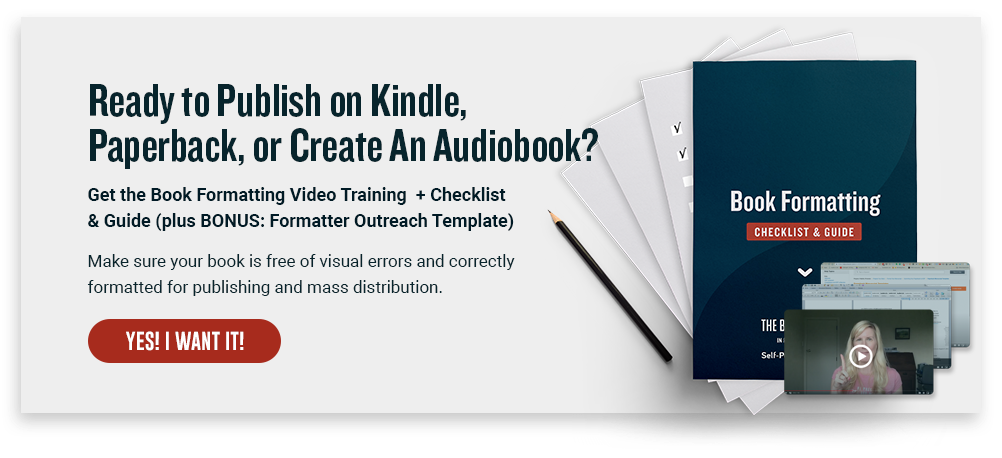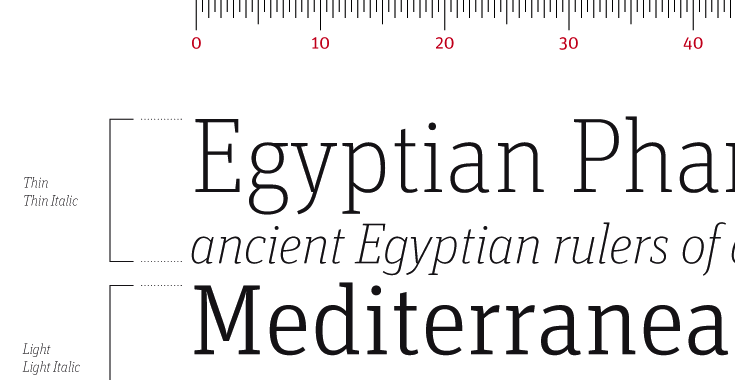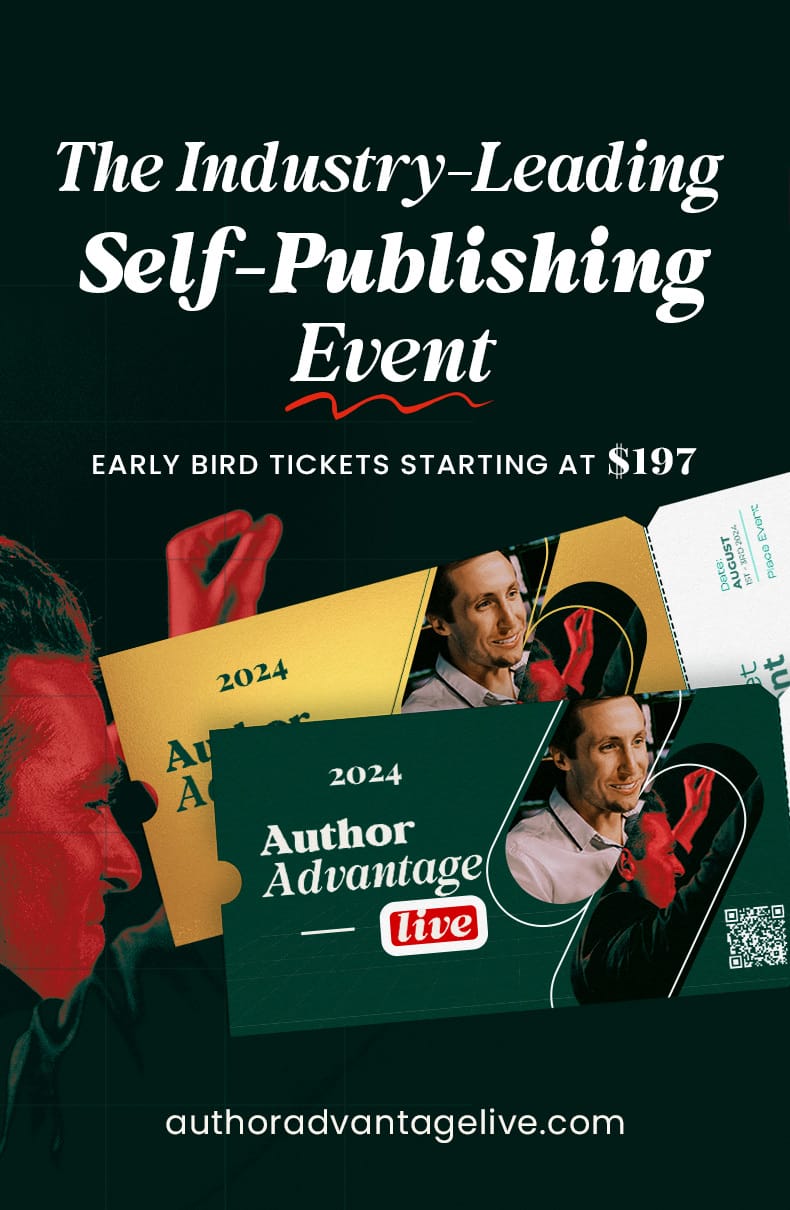One of the first and most basic questions you need to answer if you’re going to be creating your own book design is: What fonts should I use?
Since the beginning of the so-called desktop publishing era in the 1980s which was boosted by computers’ new ability to show accurate graphics in “what you see is what you get” displays, millions of computer users have become familiar with fonts.
Ever since, computers have come bundled with fonts. This single fact is responsible for the overwhelming popularity of both Times New Roman and Arial, and that has had mixed blessings for creators and consumers alike.
Since the “default” font is usually set to Times New Roman or Arial, these fonts have spread far and wide, whether they were appropriate for the jobs they were asked to do, or not.

The Problem with Defaults
Computer engineers can be forgiven for putting these fonts in a premium position. After all, they wanted to make sure even a user who had no knowledge of or interest in fonts would still get a good, or at least an acceptable, result.
But there are problems with that approach, too. Times New Roman, for instance, is a font originally designed under the supervision of Stanley Morrison in 1931 for use in the Times of London newspaper.
Its efficient set width and other internal properties of the design were intended to be readable in the narrow columns of a newspaper, not in the more ample environment of a book.
Arial is a copy of Helvetica, probably the most popular font in the recent history of typography (and the only typeface I know of to have an entire feature film made about it) is wonderful for many uses. But it’s not really intended for readers in the United States, who are unused to seeing entire books set in sans serif fonts.
Better Solutions for Your Font Needs
Luckily, as computers have become more powerful and users more sophisticated about typography (the art of designing with type) there has also been an explosion of new fonts from lots of new designers.
So it might surprise you to find out that by far the best book fonts are the oldest.
Or, if not the oldest, the fonts based on the oldest designs for fonts, those that originated in the very beginning of book printing in the late 15th century.
In fact, probably the best fonts for book design are from a family of type designs we call “oldstyle” so that will give you some idea what I’m talking about.
Recognizing Oldstyle Fonts
These fonts were based on the writing of calligraphers, the scribes who, before the invention of printing, were responsible for making copies of books by writing them out.
Oldstyle fonts have characteristics that show that origin, and which make them ideal for book composition. (For a more complete discussion, check this link to oldstyle fonts.)
There are three identifying characteristics to oldstyle fonts:
- Tilted axis–If you look closely at a round letter like an “O” or “C” you’ll notice there are thicker strokes and thinner ones. In oldstyle fonts, the axis of these letters is tilted, so that if you draw a line through the thinnest parts, it will be slightly off-center. This imitates the way the scribes would naturally write with a square-tipped pen.
- Moderate stroke variation–Look again and you’ll see that the thin and thick strokes, although noticeably different, do not vary all that much. In other words, the thick strokes are thick, but not hugely so. This is also due to the way a square-tipped pen creates a varying stroke as you create each character.
- Rounded or bracketed serifs–Serifs are the little bits of strokes like the “legs” on an “i” or the ending strokes on letters that look strictly decorative. These serifs are also due to the scribes, and the way their pens would leave a tiny flourish when they finished a stroke. Serifs help letters stick together as words, and that helps readability quite a bit.
Fonts That Work in Books
Okay, so now you know how to recognize oldstyle fonts, how is that going to help you? Let’s take a look at some of my favorite fonts for interior book design, and you’ll see.
- Garamond–There are many versions of typefaces known as Garamond, and this is one of the most popular families of fonts for use in books. A classic oldstyle font, Garamond is named for Claude Garamond, a publisher in 16th century France, and has given rise to many other similar typefaces like the also useful Sabon.
- Caslon–This font originated with William Cason, one of England’s first printers and has been popular ever since. Caslon is one of the most widely-used typefaces for text and works very well in books.
- Minion–A modern invention, Minion was designed by Robert Slimbach for Adobe Systems and has gone on to become one of the favorite fonts for book designers due to its regular color, interesting letterforms and the variety of weights and styles available.
- Janson Text–Another Adobe font, Janson is based on a typeface created in the Netherlands in the 17th century, and our recent version was created by famed type designer Hermann Zapf in the 1950s.
- Palatino–For a long time Palatino was the most popular oldstyle font of all, because it was included in the base set of fonts shipped with every new Macintosh, the original desktop publishing platform. Although it’s a beautiful font with some idiosyncrasies that designer Hermann Zapf included, I no longer use Palatino for books, exactly because it has been so over-exposed. But you might love it, so give it a try.
Putting it Together
Although these fonts have a lot in common, they will create books that look subtly different.
The best way to find out how your book will look and feel is to set some sample pages in each one. While you might have trouble telling the difference between a Caslon “e” and a Minion “e”, when you see a whole page with thousands of characters on it, they will look noticeably different.
I don’t think any one of these oldstyle fonts is more appropriate than the others for specific types of books. Much more depends on your skill as a designer, and the tools you’re using to create your book design.
Typesetting with a word processor is never going to give you the smooth color, sophisticated hyphenation, and fine control over your type that you can get with a professional-level program.
But by picking the right typeface at the beginning, you’ll ensure that your book can be readable and conform to long-standing book publishing practices.
And that’s no small thing.
More Articles on Fonts for your Book
5 Favorite Fonts for Interior Book Design
Square-Serif Fonts Pack a Typographic Punch
5 Great Fonts for Book Covers
3 Great Typeface Combinations You Can Use in Your Book
7 New Typeface Combinations for Book Design
Want to know more about formatting your book for print or eBook distribution?

Originally published in a slightly different form at CreateSpace. Photo by fontfont



